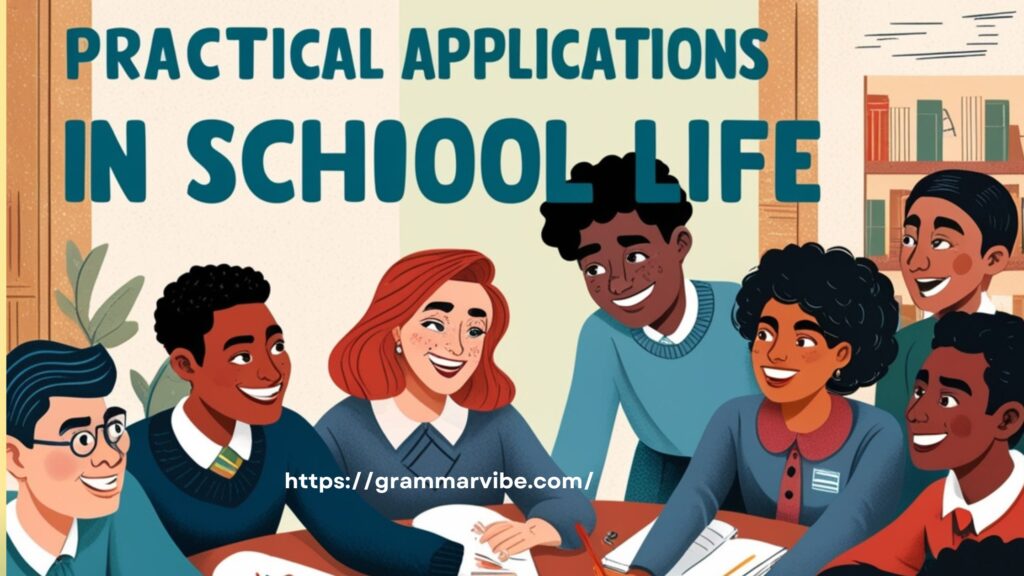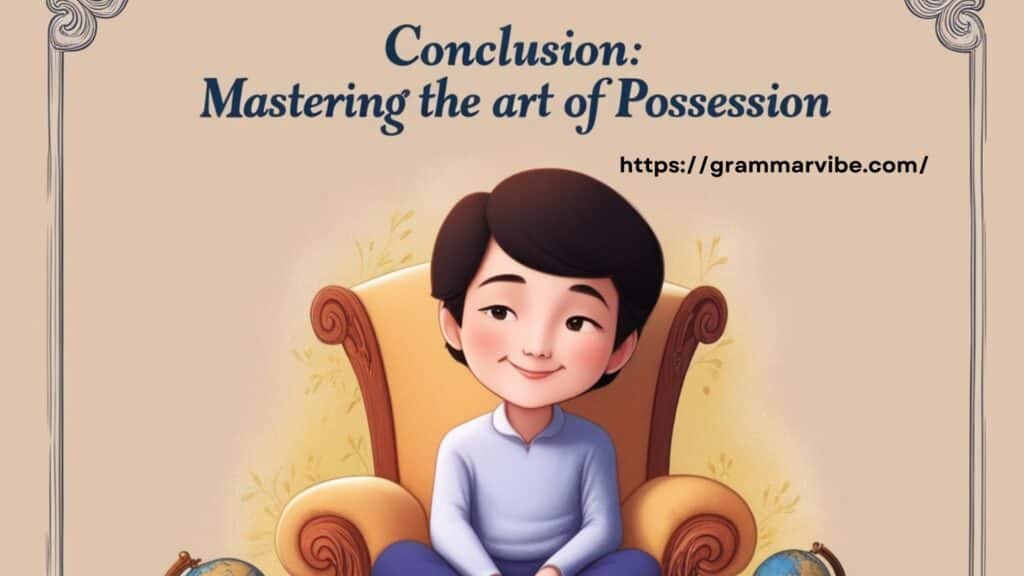Ever found yourself scratching your head over whether to write “student’s,” “students’,” or just plain “students”? You’re not alone. This grammatical puzzle trips up even the most seasoned writers.
We’re about to unravel this mystery and equip you with the knowledge to nail possessives every time.
The Singular Student
Let’s kick things off with the simplest form: student. This refers to one learner, a single individual hitting the books. For example:
“The student raised her hand to ask a question about the algebra problem.”
Here, we’re talking about one person. Easy, right? But what happens when this student owns something?
Enter the Student’s Possessions
When a single student possesses something, we use the singular possessive form: student’s. This shows that one student owns or is associated with something. Let’s look at some examples:
- “The student’s notebook was filled with detailed notes from the history lecture.”
- “We need to discuss the student’s progress report at the upcoming parent-teacher conference.”
- “The student’s understanding of complex equations impressed the math teacher.”
In each case, we’re dealing with one student and something that belongs to them. The apostrophe followed by ‘s’ indicates this ownership.
You might also like Business’ or Business’s
Multiple Students
Now, let’s talk plural. When we have more than one student, we simply add an ‘s’ to get students. For instance:
“The students filed into the auditorium for the annual school assembly.”
Here, we’re referring to multiple learners, but they don’t own anything collectively… yet.
Students’ Collective Ownership

When multiple students possess something as a group, we use the plural possessive form: students’. This is where things get interesting. Let’s explore some scenarios:
- “The students’ projects were displayed in the school exhibition, showcasing their hard work.”
- “We need to address the students’ concerns about the new grading system.”
- “The students’ contributions to the community service project were remarkable.”
Notice how the apostrophe comes after the ‘s’ in these cases. This indicates that the possession belongs to multiple students.
You might also like Community’s or Communities’ or Communities
Scenarios to Solidify Understanding

Let’s dive into some real-world scenarios to help cement these concepts:
The Classroom
- “The student’s desk was neatly organized.” (One student’s desk)
- “The students’ desks were arranged in a semicircle.” (Multiple students’ desks)
The School Fundraiser
- “The student’s fundraiser idea was to sell homemade cookies.” (One student’s idea)
- “The students’ fundraiser efforts raised over $5000 for the local animal shelter.” (Multiple students’ efforts)
The School Newspaper
- “The student’s essay on climate change was featured on the front page.” (One student’s essay)
- “The students’ articles covered a wide range of topics in the latest issue.” (Multiple students’ articles)
You might also like Luis’ or Luis’s
Common Pitfalls and How to Avoid Them
- Confusing its and it’s: Remember, “its” is possessive, while “it’s” is a contraction of “it is.”
- Correct: “The student council made its decision.”
- Incorrect: “The student council made it’s decision.”
- Misplacing the apostrophe: Always check if you’re dealing with singular or plural possession.
- Correct: “The students’ lockers were decorated for Spirit Week.”
- Incorrect: “The student’s lockers were decorated for Spirit Week.” (Unless referring to one student with multiple lockers)
- Forgetting apostrophes altogether: This can change the meaning entirely.
- “The students’ assignments were due on Friday.” (Possessive)
- “The students assignments were due on Friday.” (Incorrect – looks like two nouns side by side)
Beyond Basic Possession: Complex Cases
Joint Possession
When two or more students jointly possess something, the apostrophe goes only with the last name:
“Sarah and Mike’s presentation wowed the entire class.”
Individual Possession
When each student possesses their own item, each name gets an apostrophe:
“Sarah’s and Mike’s essays received top marks.”
Time and Worth
With expressions of time or worth, treat them as possessive:
“The essay is worth two weeks’ work.”
“The semester’s end is approaching quickly.”
You might also like Wife’s or Wives’
Practical Applications in School Life

Let’s see how these rules apply in various aspects of student life:
- Attendance: “The student’s attendance record showed perfect participation.” (Individual)
“The students’ attendance improved dramatically after the new policy.” (Group) - Textbooks: “The student’s textbooks were neatly stacked on the desk.” (One student)
“The students’ textbooks arrived late due to a shipping delay.” (All students) - Feedback: “The teacher praised the student’s essay for its originality.” (Individual)
“The students’ feedback on the new curriculum was overwhelmingly positive.” (Group) - Extracurriculars: “The student’s contribution to the drama club was significant.” (Individual)
“The students’ performances in the school play received a standing ovation.” (Group)
Conclusion: Mastering the Art of Possession

Understanding the difference between student’s, students’, and students is crucial for clear communication. Remember:
- Student = One learner
- Student’s = Belonging to one student
- Students = Multiple learners
- Students’ = Belonging to multiple students
By mastering these distinctions, you’ll elevate your writing and avoid common grammatical pitfalls. Whether you’re describing a student’s backpack, multiple students’ questions, or simply referring to a group of students, you now have the tools to do so with confidence.
Practice makes perfect, so keep an eye out for these possessive forms in your daily reading and writing. Before you know it, you’ll be navigating the world of student possessives like a pro, impressing teachers, peers, and grammar enthusiasts alike.
Remember, language is a powerful tool. By honing your grasp on these nuances, you’re not just improving your grammar – you’re enhancing your ability to communicate clearly and effectively.
Table summarizing the key points on “Student’s or Students’ or Students?”:
| Form | Meaning | Usage | Example |
|---|---|---|---|
| Student | Singular noun | Refers to one learner | The student raised her hand. |
| Student’s | Singular possessive | Indicates ownership by one student | The student’s notebook was full. |
| Students | Plural noun | Refers to multiple learners | The students entered the classroom. |
| Students’ | Plural possessive | Indicates ownership by multiple students | The students’ projects were impressive. |

Kyren Paul is an experienced blogger and the creative mind behind “Grammar Vibe.” With a passion for the nuances of English grammar, he brings clarity and insight to everyday language topics, making grammar accessible and engaging for readers of all levels.











Leave a Comment